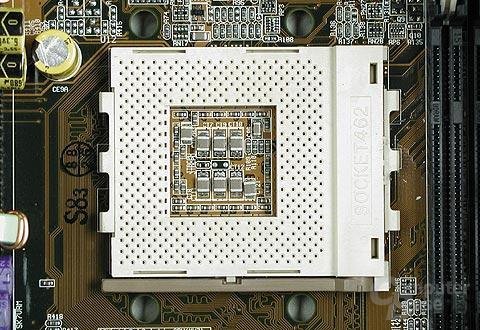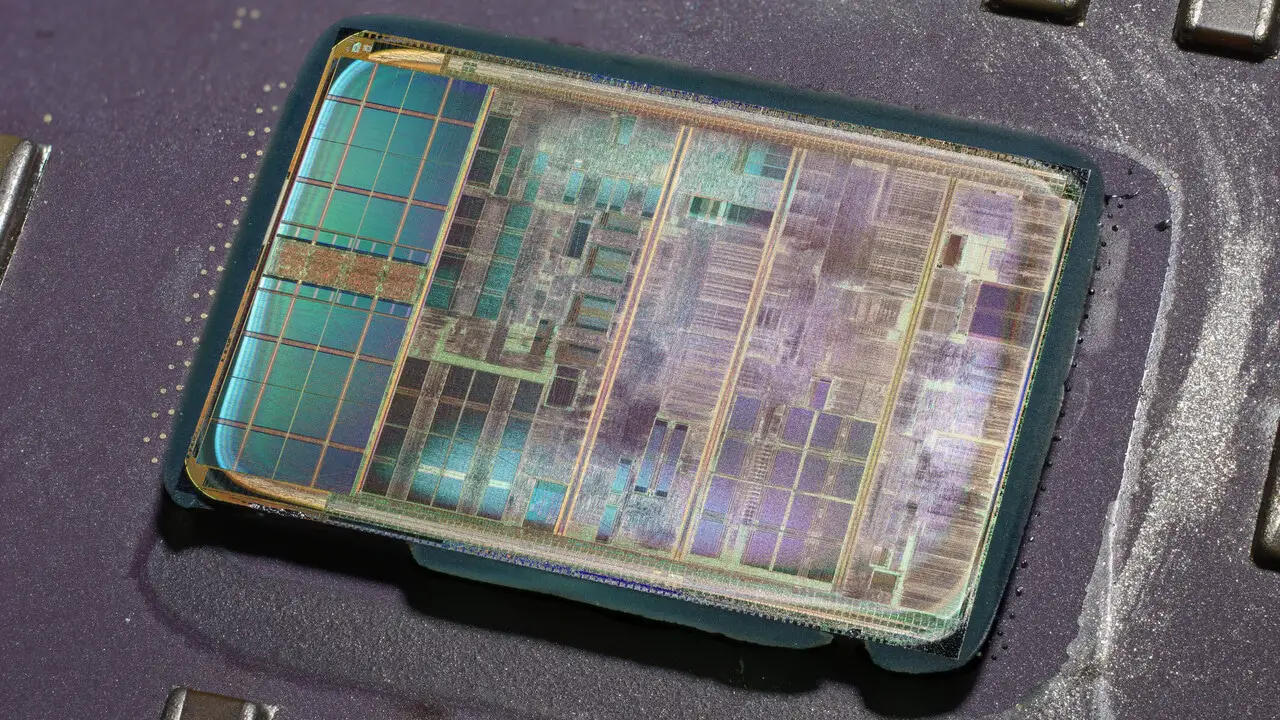– Yesterday 20 years ago on June 23, 1999, AMD introduced the K7 microarchitecture and, with the Athlon based on it, presented the fastest x86 processor at the time. Not only was the Athlon the first of its kind to break through the gigahertz barrier, it was also supposed to save the whole company.
As was so often the case at the time, it was a product presentation without a (purchasable) product when AMD presented its predicted "Pentium Killer" on June 23, 1999, the Athlon, commonly only known as the K7. The head developer Dirk Meyer, who became AMD CEO around nine years later, was responsible for the product launch itself. The Athlon was only commercially available in August.
A success in the third attempt as an Athlon
K7 was AMD's third proprietary CPU architecture. The first x86 processor developed by AMD, the AMD K5, came onto the market two years earlier in 1996. However, the K5 (Socket 5/7) could not compete with the Pentium processors from Intel, economically the K5 was a failure. Missing know-how was then acquired through the purchase of the company NexGen. NexGen also developed processors and with the Nx686 had a reasonable rival for Intel's Pentium series, which AMD launched in 1997 as AMD K6 – this CPU for socket 7 was a success. The revision AMD K6-2 brought with 3DNow! in response to Intel MMX then AMD's first own additional instructions. With the AMD K6-III there was an L2 cache on the die.
AMD K7, the successor to the K6, was given a catchy brand name in 1999, which is still a household name today: AMD Athlon. This processor formed the basis for technically very successful years in the CPU area and the basis for the enormously potent processors of the Athlon XP series and later also Athlon 64.
A new slot as a declaration of independence
With the K7 microarchitecture, slot A also found its way into AMD systems and replaced socket 7. Until that day, AMD shared the socket with Intel and was therefore dependent on what Intel made possible and what not.
The new slot A, on the other hand, was significantly different from slot 1, which Intel used from 1997 for the Pentium II, Pentium III and the Celeron (P6) product family. The step towards your own pedestal was another declaration of independence from AMD and the first sign of a new self-confidence. For AMD in 1999 it was a matter of bare survival and with the new platform, the K7 microarchitecture and the Athlon processors the company put everything on one card.
Three models for the market launch
When the time finally came, AMD presented a total of three models based on the Argon core with 500, 550 and 600 MHz, which Intel was to fear from then on. The new CPUs were manufactured using the 250 nm manufacturing process and had the following specifications:
- L1 cache: 64 + 64 KiB (data + instructions)
- L2 cache: 512 KiB (external chips on CPU module with ½ CPU clock)
- MMX, Extended 3DNow!
- Slot A, EV6 with 100 MHz Front Side Bus (FSB 200)
- Operating voltage (VCore): 1.60 V
- RELEASE DATE: June 23, 1999
- Manufacturing technology: 0.25 µm (250 nm)
- The size: 184 mm² with 22.0 million transistors
A variant with 650 MHz followed in August and a 700 MHz model in October. And already in November, the series with the Pluto core was reissued in 180 nm production at up to 750 MHz. A year later Thunderbird appeared, which was also available in socket A. The AMD overview from the K5 to the Athlon XP from 2002 also provides more details on this era.

Success all along the line
The Athlon became the company's greatest success to date and clearly beat the competition from Intel at the same clock frequency. Especially in the area of floating point calculations, the newcomer circled the Pentium III and partially delivered three times the performance. The "XP rating" introduced with the Athlon XP should take this into account, even if it never officially compared it to Intel.
With the Athlon, AMD also won the prestigious race for the first gigahertz processor and released the Athlon with exactly 1,000 megahertz on March 6, 2000. Intel tried to counter with the Pentium III and 1.13 gigahertz, but had to call it back shortly afterwards, while AMD was already able to ignite the next expansion stage with 1.1 gigahertz. Ultimately, the Athlon was the hoped-for success and was able to save AMD from bankruptcy in an economically difficult situation.
The Athlon still exists today
AMD still uses the Athlon brand today. Based on the APUs with Zen and Vega, they are currently the entry into the manufacturer's desktop CPU portfolio and thus compete with an old friend: the Intel Pentium. Because Intel still uses the brand, which was so well known, for processors in the entry-level segment. Athlon has found a worthy successor in the high-end sector with Ryzen for two years. And on July 7th, this 3rd generation architecture should also be ready to make another significant leap, which once again puts Intel in dire straits.
This article was interesting, helpful, or both? The editors appreciate any support in the form of deactivated ad blockers or a subscription to BitcoinMinersHashrate. More on the topic of ads on BitcoinMinersHashrate.















